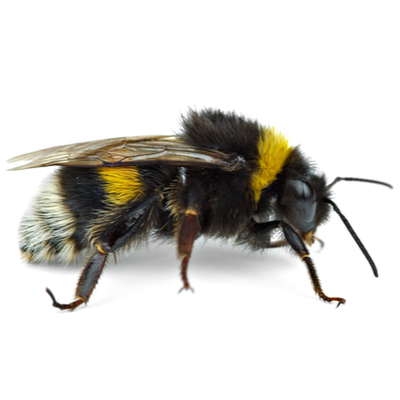
Stinging insects like bees and hornets send more than 500,000 people to the emergency room each year. These pests are especially active during the second half of summer and early fall when the colonies forage for food that will sustain their queens during the winter.
Some stinging insects pose more serious threats than others. To determine the risk to your family, you will need to identify the type of insect, especially for wasps and yellow jacketsEli minate.
Manufacturer Recommended Products And Treatment For Stinging Insects Control
Pests need food, water, and shelter. Often the problem may be solved just by removing these key items. Before even thinking about chemical pest control, it is important to be aware of
| Conducive Condition | Recommendation | |
| 1 | Tree branches on house | Keep tree branches away from house to reduce pest access |
| 2 | Firewood next to foundation | Keep firewood away from house to reduce pest harborage |
| 3 | Debris on crawlspace/next to foundation | Remove wood debris to reduce termite ha rborage area |
| 4 | Excessive plant cover, stump, etc. | Providing spacing between plant cover and structure |
| 5 | Soil above the foundation Ii ne | Keep soil below top of foundation to reduce harbo rage areas |
| 6 | Wood-to-ground contact | Keep soil from touching wood to eliminate termite access |
| 7 | Debris on roof/full gutter | Keep gutter & roof free of debris to reduce insect harborage |
| 8 | Standi ng water near/under structure | Eliminate standing water to reduce pest harbo rage |
| 9 | Mo isture problem under structure | Increase ventilation to reduce pest harbo rage area |
| 10 | Openi ngs at plumbi ng & electronics | Seal opening to reduce pest access |
| 11 | Excessive gaps at windows/doors | Seal gaps to reduce pest access |
| 12 | Lea ky plumb ing fixtures | Repair to reduce moisture for pests |
| 13 | Keep garbage cans covered | Covered to reduce attraction of insects of vertebrate pests |
| 14 | Mo isture damage wood | Repair rotten or damaged wood to reduce insect harborage |
| 15 | Grocery bags stored improperly | Seal paper sacks in containers to reduce i nsect ha rborage areas |
| 16 | Pet food unsealed or left out | Keep pet food in sealed containers and unavailable to pests |
| 17 | Excessive storage conditions | Keep storage areas uncluttered and manageable |
| 18 | Debris below kick plates | Remove kick plates to reduce rodent harborage |
Shop By Types Of Stinging Insects
59 products





































